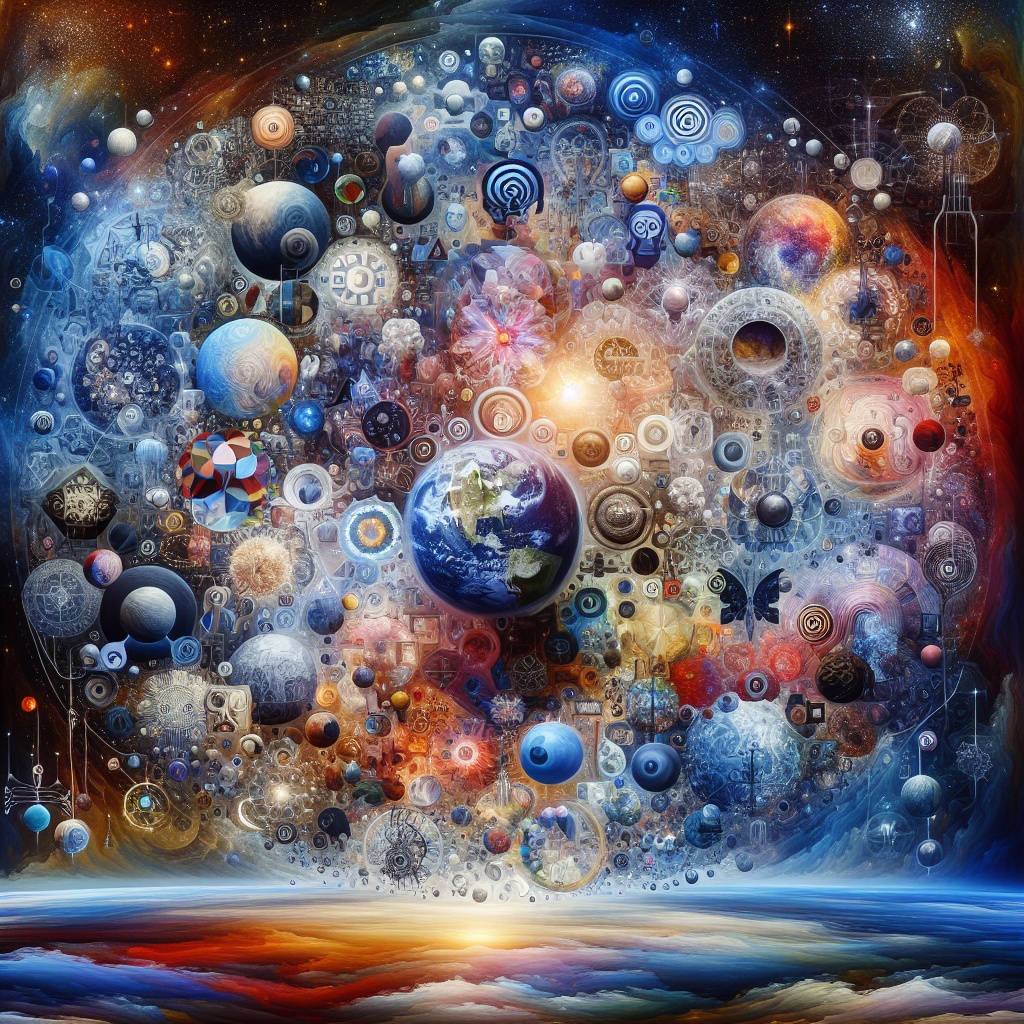The World vs. the Earth: Navigating Today’s Divisive Reality
Beezone

In contemporary discourse, the term “world” is often bandied about as though it encapsulates the entirety of human experience and existence. Yet, this “world” is not synonymous with the “earth” as viewed from the vastness of space—an entity defined by its beauty, interconnectedness, and physical reality. Instead, the “world” that most people refer to reflects a complex tapestry of perceptual, psychological, and inherited belief systems. This distinction is crucial, as our understanding of the world impacts our collective psyche and, consequently, the stability of our societies, which seem to be teetering on the edge of collapse.
The Divisive Mind
The frightening state of our world—marked by polarization, conflict, and fear—serves as a primary indicator of a divisive mind rather than a reflection of the earth itself. This divisive mindset infiltrates every aspect of modern life: news media perpetuates sensationalism and division, educational systems often reinforce outdated binaries, and cultural communications tend to reflect narrow viewpoints. The outward conflicts we observe are, at their core, manifestations of the schism between the two halves of humanity—East and West.
Yet, it is essential to recognize that humankind has evolved beyond these rigid categorizations. In this age of globalization, we are no longer simply East or West; we are a collective construct that incorporates diverse perspectives and experiences. The real challenge lies in our ability to embrace this global identity and transcend the limitations imposed by traditional dichotomies.
The Necessity of Self-Examination
To navigate this complex landscape, individuals must engage in a profound examination of their existence. The journey of self-reflection is not merely a personal endeavor but a societal imperative. The confusion that arises from the merging of Western and Eastern mindsets—a consequence of modernization—demands that we scrutinize our motivations, beliefs, and inherited biases.
Many of us have passively accepted our presumed identities, whether Western or Eastern, without critically assessing their origins or implications. This inherited mindset, often rooted in archaic, bipolar concepts, influences our perspectives and interactions. It is essential to differentiate these motivations, recognizing how they shape our understanding of ourselves and our relationships with others.
Towards a Unified Perspective
As we confront the challenges of our time, the need for a unified perspective becomes increasingly evident. Rather than clinging to divisive ideologies, we must cultivate a mindset that embraces our shared humanity. This requires an openness to learning from both Eastern and Western traditions, recognizing that wisdom is not confined to geographical or cultural boundaries.
In essence, we stand at a crossroads. The future of our global community hinges on our ability to transcend the limitations of the “world” as a constructed perception and instead engage with the earth as a shared reality. By fostering a spirit of inquiry and reflection, we can begin to heal the fractures that divide us, moving toward a more cohesive and harmonious existence.
Conclusion
In a world fraught with division and conflict, it is imperative to remember that our perceptions shape our reality. The distinction between the “world” and the “earth” is not merely semantic; it is foundational to understanding our current condition. By embracing the complexity of our shared existence and undertaking the necessary self-examination, we can pave the way for a more unified, compassionate future—one that honors the rich tapestry of human experience and the interconnectedness of all life on this planet.
4o mini